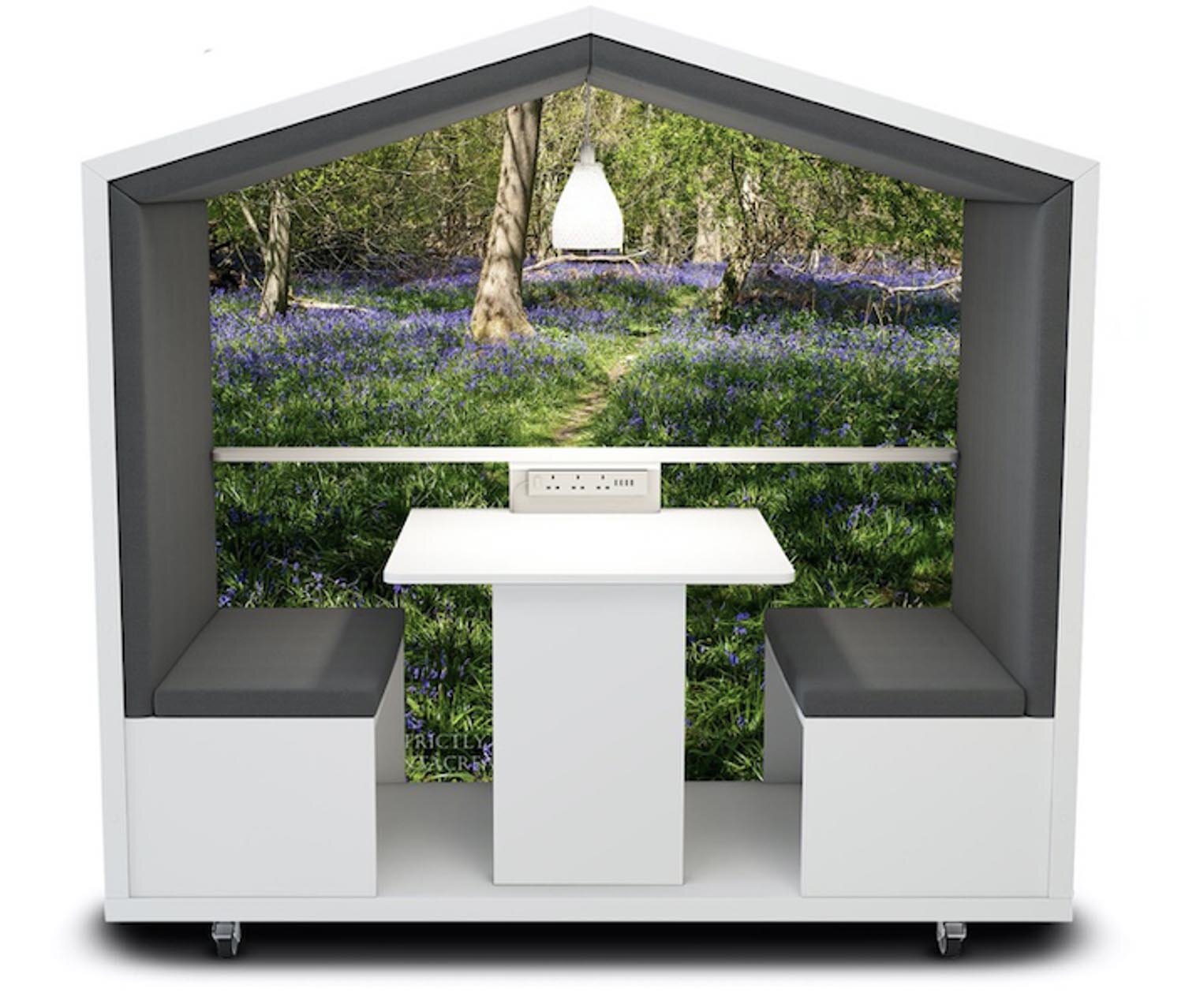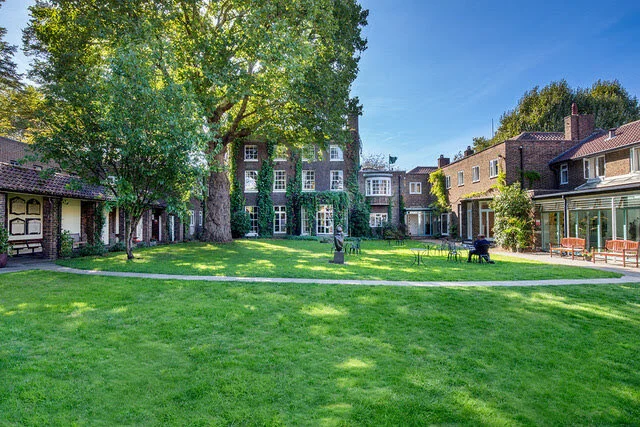Julian, renowned for his TED talks, reveals how modern human-generated noise is systematically destroying ecosystems, disrupting animal communication, and fundamentally altering our relationship with the environment. From whales struggling to communicate across oceans due to shipping noise to insects experiencing shortened mating cycles near roadways, the acoustic pollution is devastating.
The consequences extend far beyond environmental damage. Our inability to truly listen is fracturing human society. Julian argues that we've lost the art of compassionate listening, creating dangerous social echo chambers where people only hear opinions that confirm their existing beliefs.
Critically, our noise-saturated world is causing serious health problems. Julian highlights that hospitals are 12 times louder than recommended levels, preventing patient recovery. Classrooms bombard children with sound levels that could increase heart attack risks. A billion young people risk hearing damage from excessive headphone use.
But there's hope. Julian advocates for radical reimagining of our sonic environments. Simple interventions like playing nature sounds, training medical staff to be quieter, and teaching children listening skills could transform societal outcomes.
READ ON AND WATCH THE VIDEOCAST
"We've become numb to sound," Julian explains. Humans now spend 93% of their lives indoors, sealed away from natural soundscapes of wind, water, and birdsong - sounds our ancestors evolved alongside for hundreds of thousands of years.
The consequences extend far beyond environmental damage. Our inability to truly listen is fracturing human society. Julian argues that we've lost the art of compassionate listening, creating dangerous social echo chambers where people only hear opinions that confirm their existing beliefs.
Critically, our noise-saturated world is causing serious health problems. Julian highlights that hospitals are 12 times louder than recommended levels, preventing patient recovery. Classrooms bombard children with sound levels that could increase heart attack risks. A billion young people risk hearing damage from excessive headphone use.
Read on and Watch the interview…




















